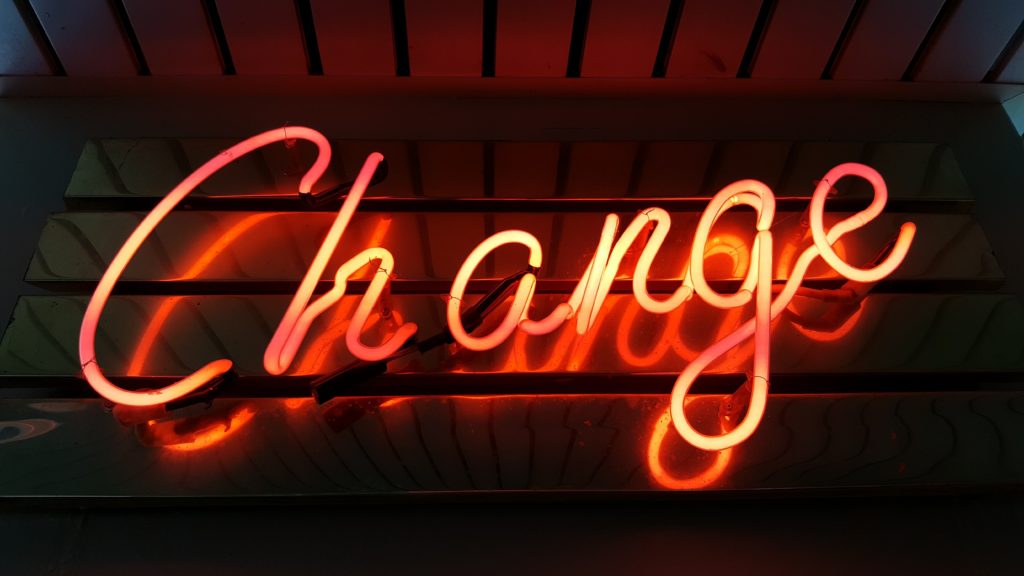By Daniel Heer, Founder and CEO, Zeotap
2020 was a year that no one could predict. Yet, it has brought certain trends within the marketing world into sharper focus, and accelerated others. Here are a few of the opportunities that await marketers in the coming year.
The rise of Universal IDs
This year has been packed with new universal ID announcements such as: ID+ (Zeotap), Merkury ID (Merkle), Panorama ID (Lotame), SharedID (Epsilon), to name but a few. Others, like Nielsen, are gearing up to release identity solutions in 2021. Publishers, under pressure to prepare for digital advertising without cookies, have begun partnering with the available IDs; however, at the moment, it isn’t yet clear which IDs will become the industry standard.
In 2021, expect to see a lot more partnerships in the ID space, as different players in the ecosystem test out the various solutions on the market. We can also expect to see campaigns being run on these universal IDs, and will finally be able to discern which IDs have real substance and quality – and which are just hype.
Expanded use of data clean rooms beyond the walled gardens
As brands look for ways to allocate their Covid-impacted budgets efficiently and identify those customers worth investing in, AI-powered data clean rooms that sit outside the walled gardens will gain in popularity as the technology that can enable them to perform both of those tasks across the open web- while maintaining a safe environment and keeping data sharing practices GDPR-compliant. By 2023, Gartner estimates that 80% of advertisers for brands with media budgets of $1 billion and over will rely on clean rooms to get a deeper understanding of campaign performance and develop more accurate audiences.
In the past, most brands were familiar with clean rooms as a result of working with walled gardens such as Amazon, Google and Facebook. However, as companies place greater emphasis on leveraging their first-party data, they will need to work with other partners in order to unlock more in-depth customer insights that can be applied to all campaigns, regardless of which platform they appear on.
Enriching first-party data to fuel smarter, AI-based personalisation
As a result of the coronavirus, brands have been given the opportunity to interact with their customers online at a higher frequency and for longer periods of time than ever before, which in turn has allowed them to gather more first-party data on their customers, and expand their understanding of their user base. And so, as brands enter into the new year and capitalize on this new-found trove of first-party data, they will also need to look for additional enrichment resources that will enable them to better personalize their advertising approach for each individual, and increase the chances of a successful outcome.
Moreover, by augmenting their existing customer information with second- and third-party data, brands can get a more complete understanding of their users’ behavior, which in turn allows them to better understand what motivates them to make a purchase, as well as the signs of purchase intent. According to Gartner, businesses that use some type of personalization technology capable of recognizing behavioral intent can increase their profits by 15% – a significant advantage, particularly given the impacts that coronavirus has had in the marketplace.
More demand for automation
The pandemic has required many brands to pare back their budgets and maximize the impact of their existing resources. Earlier this year, Gartner estimated that over 70% of commercial enterprises had dozens of hyperautomation initiatives underway. As the coronavirus continues to bring uncertainty, expect to see more brands making dedicated investments into tools that will enable them to automate as much of the marketing process as possible, from customer service to campaign delivery and optimization.
More consolidation of the marketing stack
As mentioned earlier, many businesses have invested in hyperautomation over this past year. However, these initiatives were disparate or siloed, and were either not aligned to business outcomes or not coordinated with business objectives across functions. Moreover, as martech budgets continue to be cut, companies will have to rely more on either their existing partners or pivot to all-in-one solutions; a study by Gartner found that 59% of respondents were “embracing the relative safety of an integrated suite approach to marketing.”
In 2021, expect to see enterprises find new ways of consolidating their stacks as they re-evaluate the value they’re getting from their different vendors and technology providers. Vendors that can offer multiple and integrated solutions that replace different point solutions at the same quality level will be increasingly considered moving forward.
Privacy considerations will take centre stage
Privacy has been a serious issue in the marketing world for the past several years, and it is not one that will simply fade away. This year alone saw the implementation of the CCPA, as well as voter approval of its sister act CPRA, which, among other things, gives residents of California more control over their data and obliges businesses who serve those residents to abide to stricter privacy regulations. While CPRA does not go fully into effect until 2023, businesses will have to spend the next two years preparing lest they be hit with hefty fines once the law is fully enacted.
Moreover, other states, including Virginia, Florida, Washington and Illinois, have either passed or are in the process of passing new data privacy laws that would increase transparency into data collection practices and empower individuals to make decisions about how they want their data to be used. As companies like Facebook and Google face increased scrutiny over their use of personal data, we can expect to see more laws like the CCPA making the rounds of state legislatures in 2021.









